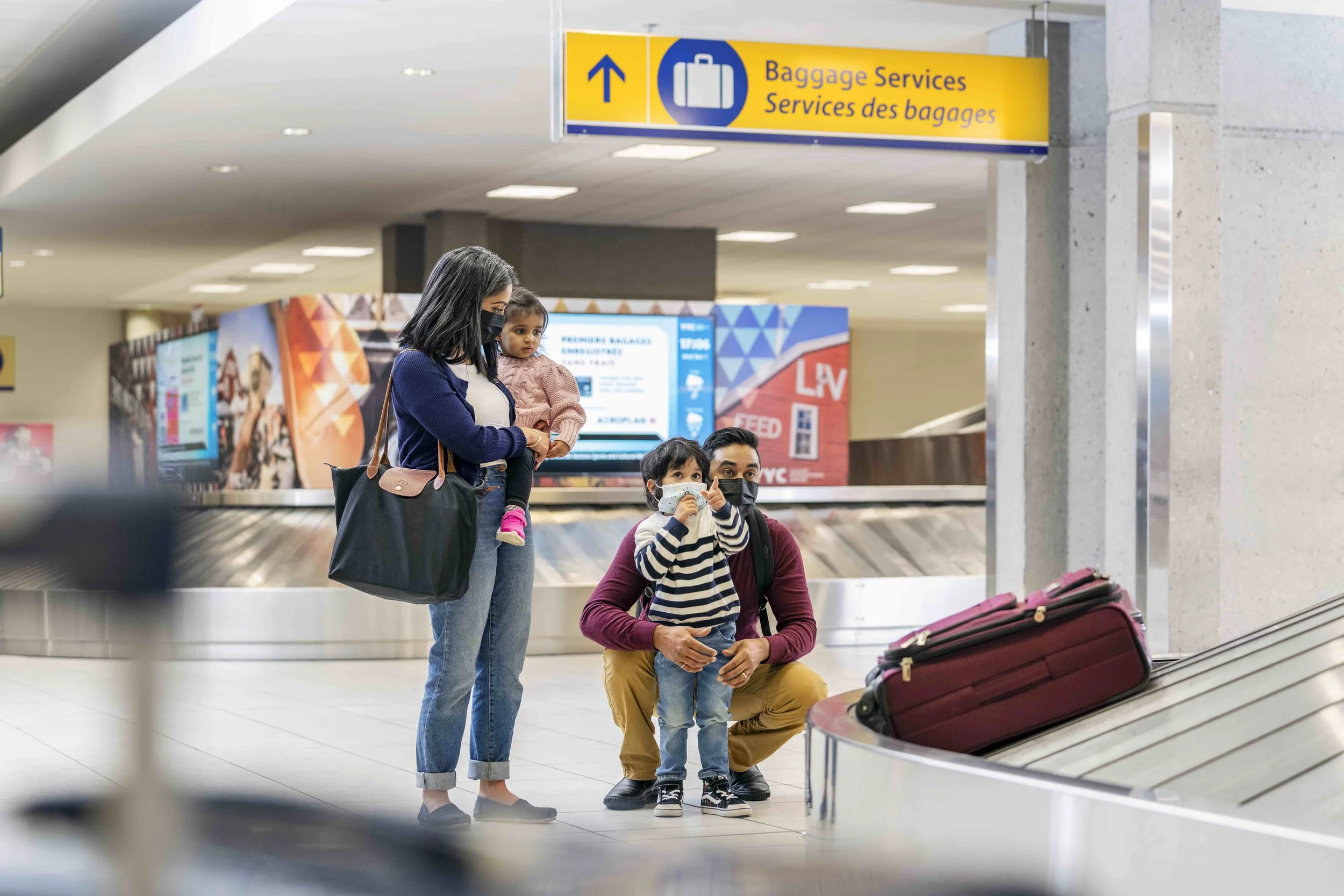Sustainability Strategy
2022-2026
YYC is an environmentally and socially responsible organization that adds value to the aviation sector and our community by putting sustainability at the heart of every decision. Learn more about our vision and plan to serve our community now and into the future.
Focus Areas
For The Calgary Airport Authority, sustainability is about ensuring our airports continue to serve our community now and into the future. Sustainability means operating and managing our assets in a safe, secure and efficient way and promoting economic and community development while improving social wellbeing, and protecting and conserving environmental systems. As a public organization with many partners, it is crucial for the Airport Authority to lead and guide our airport community toward a more equitable and environmentally sound future.
Our Vision
The concept of sustainability is well embedded in YYC’s mandate, North Star and long-term strategic plan. Our efforts around environmental, social and governance performance are monitored closely by our senior leaders and board of directors. Many of our air service partners, commercial partners, government partners, community and airport guests are on the same journey to contribute positively to our community and environment. It is our intent to support them.
Vision
YYC is an environmentally and socially responsible organization that adds value to the aviation sector and our community by putting sustainability at the heart of every decision.
Connecting to the United Nations Sustainable Development Goals
We have linked our strategy to the United Nations Sustainable Development Goals (UN SDGs) to ensure our actions and objectives are aligned with global efforts.

About this Report and our Sustainability Framework
This website is a living strategy map showing YYC’s sustainability journey. It is intended to lay out our journey and destinations over the next five years, and where possible identify where we want to be in 30 years. Key milestones will be recorded here.
Recognizing that making progress on sustainability will require focus, we have plotted our pathway using three types of waypoints:
Focus Areas
set the overall theme where work is focused
Goals
establish clear directions within each Focus Area
Tactics
represent how we will achieve our goals.
Focus Areas 2022-2026
Each focus area is aligned to broader goals including the UN SDG’s and other environmental, social and governance disclosures and reporting frameworks, such as:
Airport Carbon Accreditation program
Carbon Disclosure Project (CDP)
Sustainability Accounting Standards Board (SASB)
Global Reporting Initiative (GRI)
To help prioritize investment and resource allocation, we have also identified three Key Performance Indicators (KPIs) in relation to goals that are critical priorities globally. These are detailed in each section, but relate to:
Greenhouse Gas emission reduction
Waste reduction
Water conservation
These three goals are critical to the prosperity and wellbeing of our local and global communities and the health of our environment but are the starting point to YYC’s sustainability journey. Over the next five years, additional indicators and targets will be added to our framework for each goal. While the 6 focus areas have been established to help prioritize and organize sustainability work, we also recognize that initiatives and actions need to be holistic and cross the boundaries between focus area themes.
Being Adaptive
Our strategy is meant to be a starting point for a deliberate journey YYC is undertaking to ensure our airports can serve the community over the long-term while also minimizing our ecological footprint. We know that the themes and goals we have established will not change, but the way we achieve them may. Like any journey, it is important to be adaptive to changes and technological advances along the way, knowing the destination will remain the same.
We also know that the context in which we operate and make decisions will change. As a result, many tactics may change but will be updated. Additionally, we have not identified tactic deadlines because we know they can be fluid. However, as the timing of implementation becomes more real, it will be reported here. Being adaptive aligns with the ISO14001 approach to environmental management. Following from this framework, the “plan-do-check-act” cycle will be applied to all initiatives undertaken under this strategy.

Focus Areas









